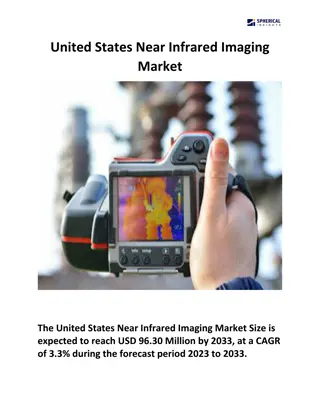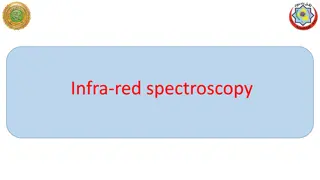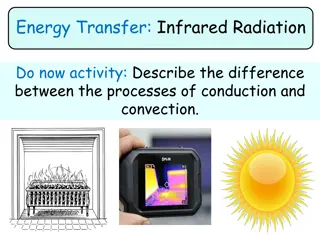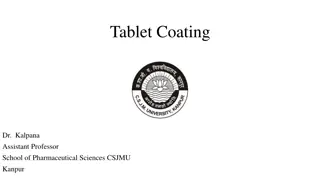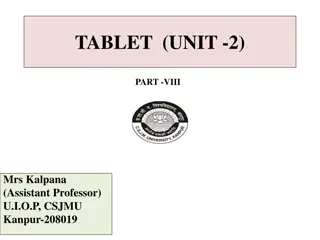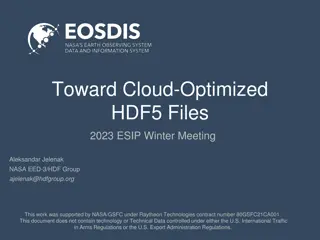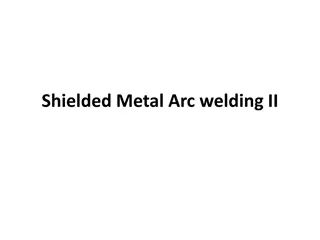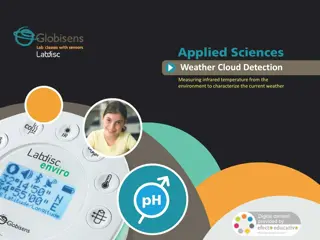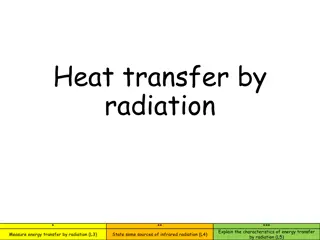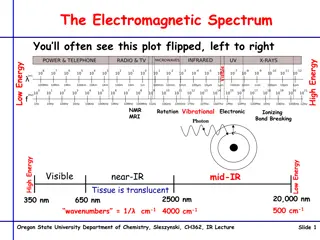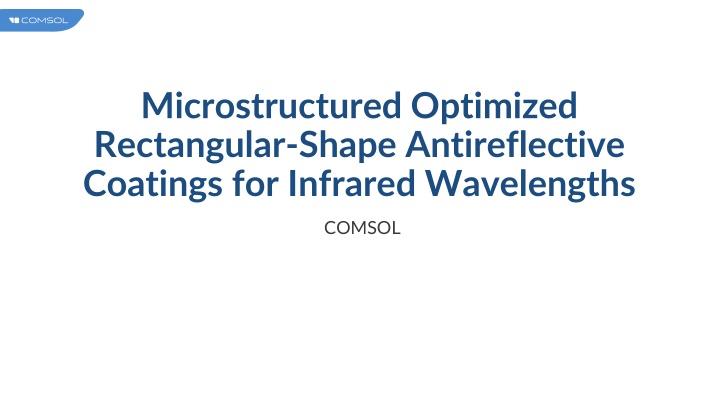
Optimized Rectangular-Shape Antireflective Coatings for Infrared Wavelengths
"Explore the optimization of microstructured rectangular-shape antireflective coatings for infrared wavelengths, showcasing how dielectric microstructures can enhance transmittance in the IR spectrum. Learn about the methodology, assumptions, objective function, control parameters, and results of the broadband optimization study. Original and optimized geometries are compared to demonstrate enhanced transmittance."
Download Presentation

Please find below an Image/Link to download the presentation.
The content on the website is provided AS IS for your information and personal use only. It may not be sold, licensed, or shared on other websites without obtaining consent from the author. If you encounter any issues during the download, it is possible that the publisher has removed the file from their server.
You are allowed to download the files provided on this website for personal or commercial use, subject to the condition that they are used lawfully. All files are the property of their respective owners.
The content on the website is provided AS IS for your information and personal use only. It may not be sold, licensed, or shared on other websites without obtaining consent from the author.
E N D
Presentation Transcript
Microstructured Optimized Rectangular-Shape Antireflective Coatings for Infrared Wavelengths COMSOL
Objective Bulk dielectric structures significantly reflect the infrared light Fabricating microstructure over bulk dielectric structures can drastically improve the transmittance over a broad range of IR wavelengths In this model, we showcase the approach of gradient-free optimization to tune the geometry of the dielectric microstructure to increase the transmittance of the structure The work demonstrates broadband optimization of a rectangular silicon (Si) microstructure operating between 2.5 um and 4.5 um
Assumptions Pitch of the periodic structure is 780 nm Optimize the following parameters: Width of the silicon pillar Height of the silicon pillar Modeling assumption: Out of plane polarization is considered The 1 out of plane diffraction orders were added to the second Port to account for higher order diffraction wave propagation Sum of objective type of Multiple Objectives was selected to perform the broadband optimization between 2.5 um and 4.5 um Single unit cell model.
The Optimization Study - Objective Function where min and max are the minimum and maximum operating wavelengths, Te= 100*realdot(ewfd.S21,ewfd.S21), and Tt= 100.
The Optimization Study - Control Parameters The optimization control parameters have the following constraints: Name Description Lower bound Upper bound w_pillar Width of pillar 50 nm 300 nm h_pillar Height of pillar 100 nm 600 nm
Results Parameter Original geometry Optimized geometry Width of pillar 100 nm 112 nm Height of pillar 200 nm 451 nm Transmittance spectra for the original and optimized Si pillars.





